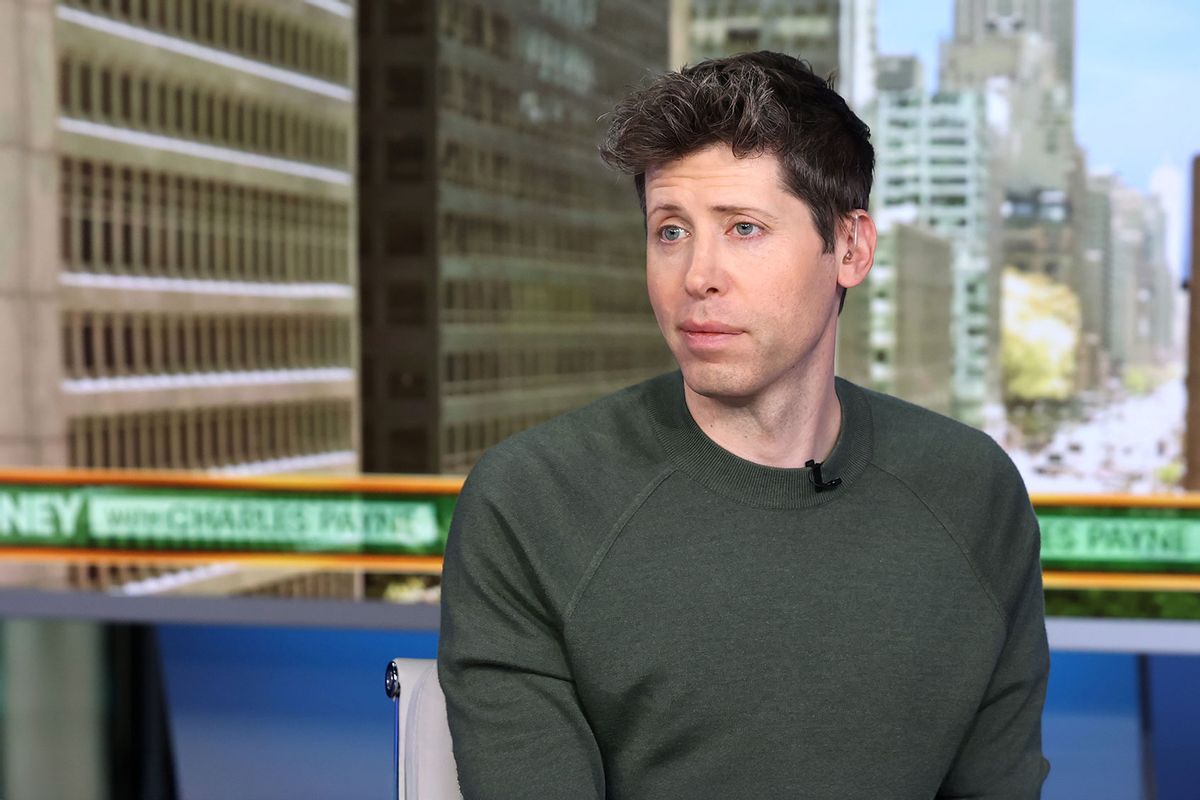OpenAI, as you likely know, is one of tech’s biggest unicorns.
A group of entrepreneurs and researchers, including Elon Musk and the company’s current CEO Sam Altman, founded the artificial intelligence company in 2015. Today, OpenAI is valued at a whopping $157 billion — putting it on par with the market capitalizations of public companies like AT&T, Goldman Sachs and Uber, per The Wall Street Journal. Its flagship offering, ChatGPT, launched in 2022, and today reportedly has 250 million weekly users and 11 million paid subscribers.
Among OpenAI’s investors are Microsoft, which invested $13 billion in the company, Nvidia, which invested $100 million and SoftBank, to the tune of $1.5 billion. In October, OpenAI received a $4 billion credit line — with the option to extend it another $2 billion — from JPMorgan Chase, Citi, Goldman Sachs, Morgan Stanley, Wells Fargo, UBS and other institutional investors.
But OpenAI hasn’t turned a profit. The company projected $5 billion in losses on $3.7 billion in revenue for 2024. It announced at the end of the year it would change its corporate structure, essentially going from a nonprofit to a company with investors and the potential for stock shares. "We once again need to raise more capital than we’d imagined," OpenAI’s board wrote in a statement.
Altman has since said the company is losing money on its $200-per-month Pro subscriptions, which offer limitless access to its most recent model, OpenAI o1, and to its video generator, Sora AI. "People use it much more than we expected," he wrote in a post on X. The company’s biggest cost, according to The New York Times, is powering the supercomputers that run its AI.
We need your help to stay independent
In a 6,000-word Q&A with Altman, Bloomberg inquired how the company prices "technology that’s never existed before." "Is it market research?" the publication asked. "A finger in the wind?"
"We launched ChatGPT for free, and then people started using it a lot, and we had to have some way to pay for it," Altman said. He said the company tested two prices for its most popular product, ChatGPT Plus: $20 and $42. Users didn’t like the $42 price point, Altman said, so the company picked $20.
"It was not a rigorous ‘hire someone and do a pricing study’ thing," Altman said.
If history tells us much, the vast dollars-and-cents discrepancy between what investors think OpenAI is worth and the company’s profits, or lack thereof, doesn’t spell doom. OpenAI is far from the first tech brand to score a sky-high valuation from financial institutions despite not generating any financial returns. In 2017, roughly 76% of the companies that went public were unprofitable the year before, CNBC reported.
The ride share app Lyft was valued at $24 billion in 2019 and finally reported its first quarterly profit last year. Uber last year posted its first profitable year since going public in 2019 at a $80 million market valuation. Snap Inc., the company behind Snapchat, went public in 2017 and was valued at $24 billion; the company still hasn’t turned an annual profit.
Tesla, somewhat famously, turned its first profit in 2020 — "a feat 18 years in the making," The New York Times declared. The year before, Tesla’s market capitalization exceeded $60 billion. Facebook took five years to turn a profit, and Amazon took almost a decade.
"What if equity value has nothing to do with current or future profits, and instead is derived from a company’s ability to be disruptive?"
The argument for valuing an unprofitable company as if it were profitable is simple, tech investors say: If a company is developing something revolutionary, it makes sense that it might not turn a profit for a while. They might argue that basing a company’s long-term prospects solely on its current ability to earn cash is an overly simplistic way of assessing a promising tech company’s value.
David Einhorn, a billionaire who is "one of Wall Street's most closely watched investors," according to Forbes, phrased it this way to CNBC in 2017: "What if equity value has nothing to do with current or future profits, and instead is derived from a company’s ability to be disruptive, to provide social change, or to advance new beneficial technologies, even when doing so results in current and future economic loss?"
Still, Altman’s approach to OpenAI’s fee structure seems driven by his own personal feelings. He told Bloomberg “a lot of customers” are interested in a usage-based pricing model, but he's not keen on it.
"I am old enough that I remember when we had dial-up internet, and AOL gave you 10 hours a month or five hours a month or whatever your package was," Altman said. "And I hated that. I hated being on the clock, so I don’t want that kind of a vibe."
It feels worthwhile to question those statements, given a CEO's responsibilities include making their unprofitable company profitable. Although Altman describes a hypothetical pricing study as “rigorous," such a move feels more like due diligence with his investors deeming his company worth $157 billion.
Another question: Are today’s investors prioritizing tech companies’ promises of future disruption over their present impact? Because while OpenAI isn’t generating revenue yet, the revolution it is shepherding is fueling a major economic impact: fewer jobs for humans.
Roughly 41% of companies are planning to downsize their workforces over the next five years as they automate jobs and certain tasks, according to a recent report from The World Economic Forum. Graphic designers, cashiers, bank tellers, executive secretaries and payroll clerks are among the positions most vulnerable to automation.
"Advances in AI and renewable energy are reshaping the (labor) market — driving an increase in demand for many technology or specialist roles while driving a decline for others," the WEF said in a statement.



Shares